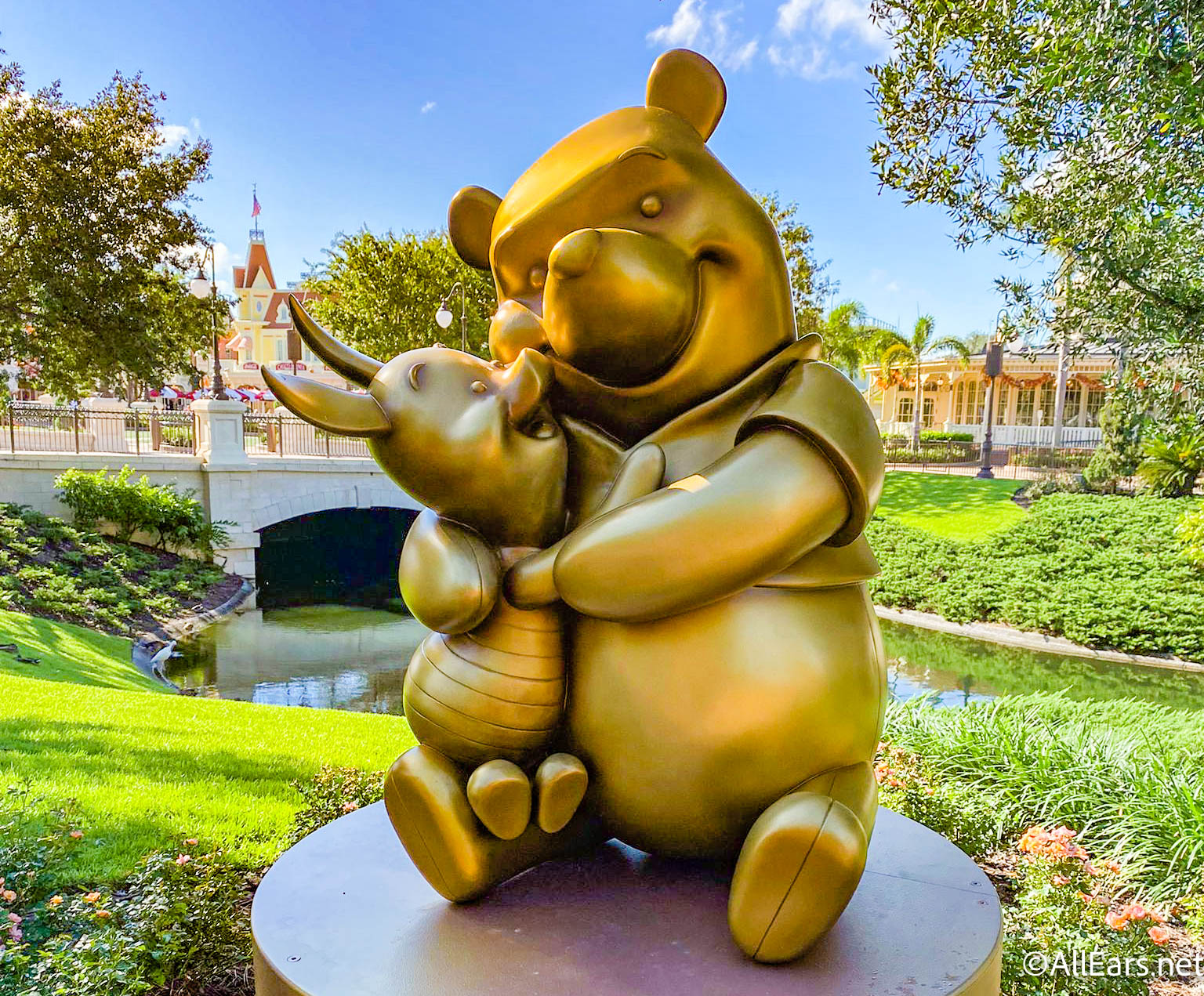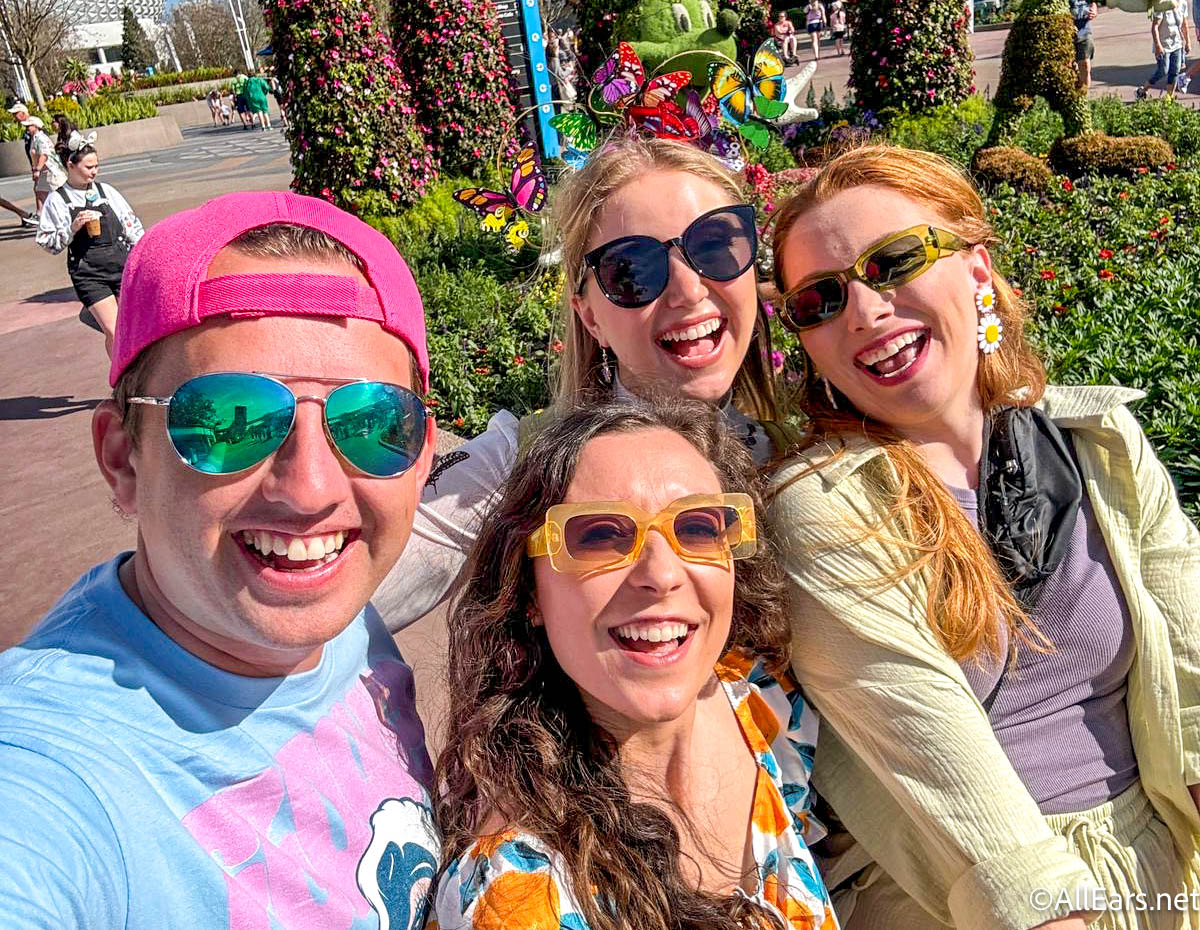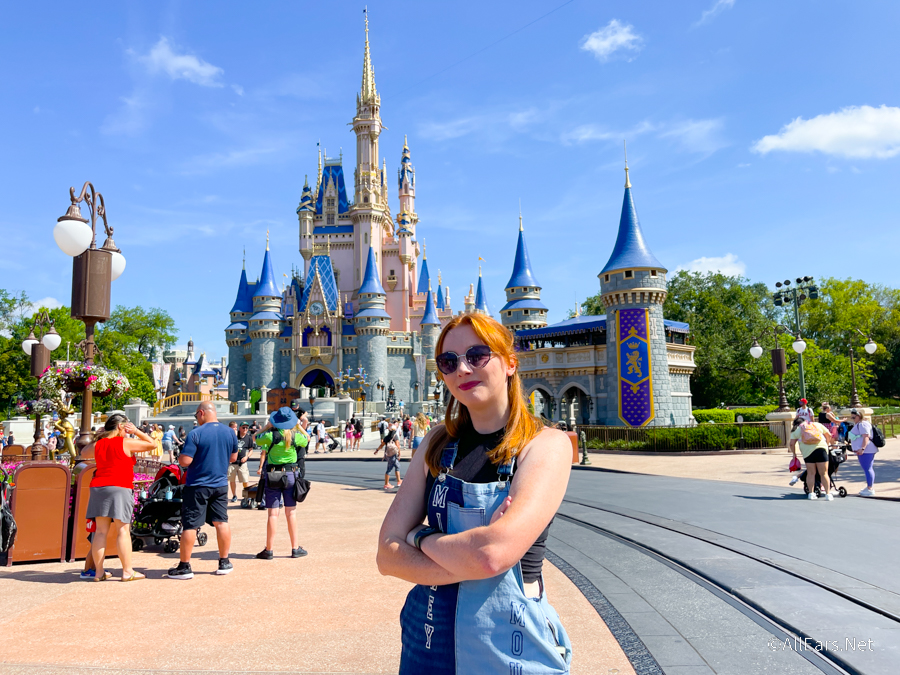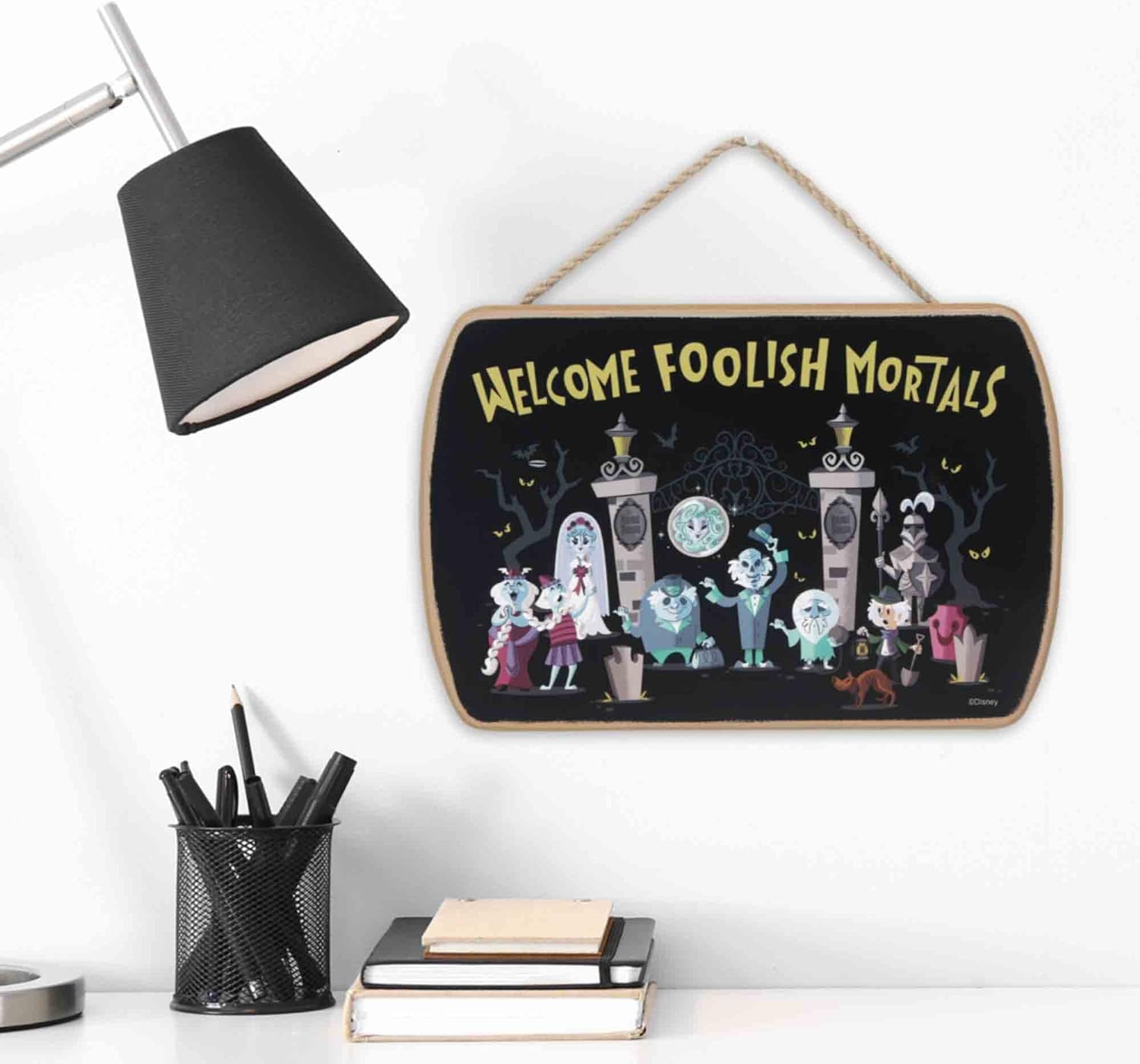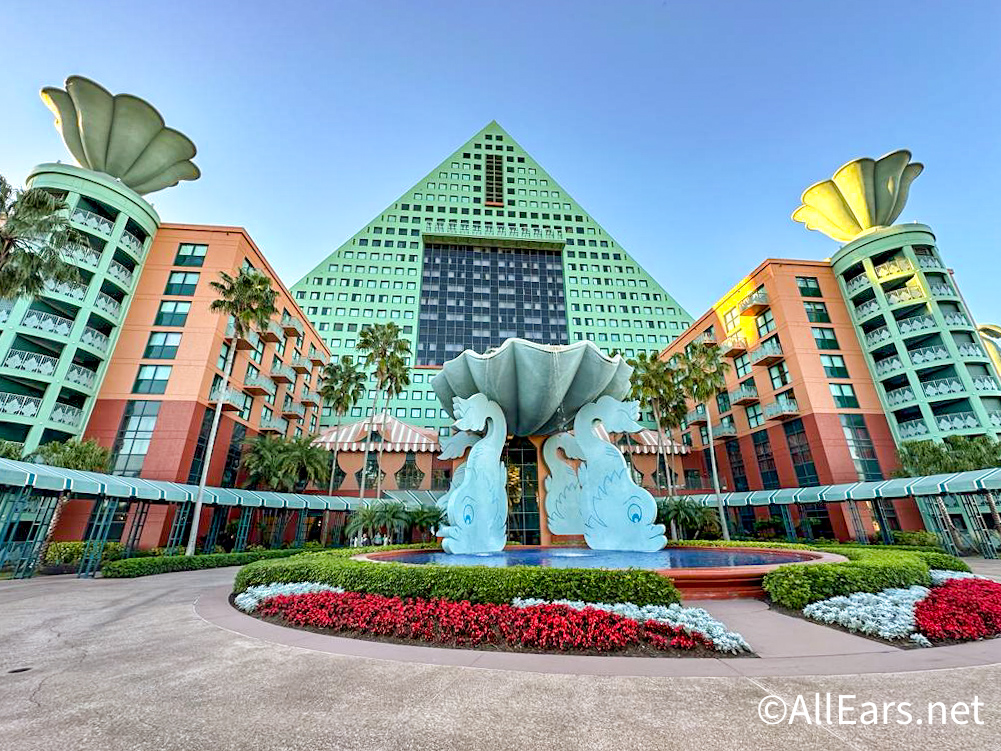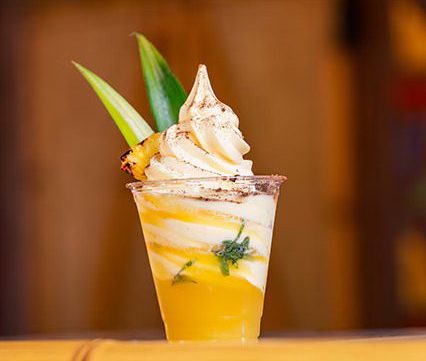The Evolution of Mickey Mouse
by Mike Scopa
AllEars® Feature Writer
Feature Article
This article appeared in the March 17, 2009 Issue #495 of ALL EARS® (ISSN: 1533-0753)
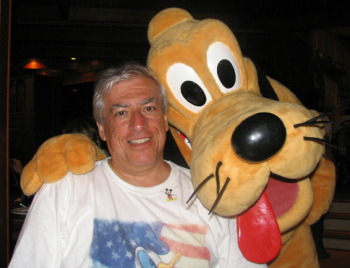 If I asked 100 Walt Disney World fans to tell me who their favorite Disney character is my guess is that "Mickey Mouse" would be the answer for at least 51 of those 100 fans.
If I asked 100 Walt Disney World fans to tell me who their favorite Disney character is my guess is that "Mickey Mouse" would be the answer for at least 51 of those 100 fans.
Everyone loves Mickey. He's the icon… the Big Cheese… the most recognizable of all the Disney creations. But why do we love Mickey? Is it something we can put our finger on? Well, I always thought it was his good nature, his ability to make us laugh, and the positive attitude. But what do I know? Possibly, not as much as Stephen Jay Gould.
The other day a friend lent me a book entitled, "The Panda's Thumb." The author, the aforementioned Stephen Jay Gould, was once described by the New York Times as "… a serious and gifted interpreter of biological theory, of the history of ideas and the cultural context of scientific discovery."
So you're thinking, "Wait a minute. This is an AllEars® newsletter feature article and yet I'm seeing phrases like "biological theory," "cultural context," and "scientific discovery." What's the connection between all this and Disney?
Well, that is a good question. Let me explain.
In his book, Gould talks about natural history. He loves evolutionary theory and says it is the "most exciting and important of all the scientific fields." Gould is fascinated by the millions of organisms, "each with a story to tell."
OK. Stay with me on this.
Gould proclaims himself to be an evolutionist who sees that "different levels of evolutionary change often reflect different kinds of causes." In reading this book I found that Gould was not completely buying the basic Darwinism of "gradual, adaptive, change within local populations."
Almost there — bear with me just a few minutes more.
Now, you can imagine that while reading this book I was pleased to see a section that was devoted to one Mickey Mouse. The section, entitled, "A Biological Homage to Mickey Mouse," has some very interesting things to say regarding the evolution of Mickey Mouse through the years. I thought I would share them with you.
When talking about Mickey's appearance in Steamboat Willie, Gould describes Mickey as a rambunctious character, and even calls him a "slightly sadistic fellow," citing that both he and Minnie in their efforts to produce music are somewhat cruel to the animals on board. Gould also mentions that Christopher Finch, in his "semiofficial pictorial history of Disney's work" says that the Mickey everyone saw was not as well-behaved as he is today. In fact, Finch says that Mickey was "mischievous… and displayed a streak of cruelty."
Not our Mickey! Say it ain't so!
Finch states that as Mickey evolved into a national figure, the public may have felt that the Disney Studios had the "nation's moral well-being at their fingertips." And Gould makes some very interesting observations regarding Mickey's transformation over the years. For instance as Mickey became better-behaved his appearance became more and more youthful.
Mickey's three significant changes over the years reveal a larger relative head size, larger eyes, and an enlarged cranium. All according to Gould are juvenility traits. Here's a term to add to your vocabulary — neoteny. It refers to progressive juvenilization as an evolutionary phenomenon. Now you can use neoteny and Mickey Mouse in the same sentence.
So Gould is telling us that over the years the Disney animators either consciously or subconsciously transformed Mickey or made him look younger and innocent — and in subtle ways.
How did they make Mickey look younger?
They lowered his pants line and covered his "spindly legs" with a baggy outfit. The result is that he appears to have youthful short and pudgy legs. His arms and legs were thickened and given joints which apparently adds to ther youthful look. And, as stated earlier, his head grew relatively larger. Mickey's snout over the years maintained the same length but has been thickened a bit. Of course the size of Mickey's eyes, especially his pupils, have grown over the years. Mickey's ears were moved back to increase the distance between his nose and ears and gave his forehead a rounded, youthful look instead of an older, slanted forehead appearance.
Gould went as far to make use of dial calipers to measure Mickey's changes over the years. He can tell you the actual percentage of change in distance from the ears to the nose.
So why this interest in Mickey's character as being an example of juvenile progression? Read on.
Animal Behaviorist Konrad Lorenz points out that juvenile creatures "trigger innate releasing mechanisms" for affection and nurturing in adult humans. Gould somewhat agrees with Lorenz by claiming that "babyish features tend to elicit strong feelings of affection in adult humans." Gould points out that Donald Duck over the years saw his beak recede and eyes enlarged to also give him a more youthful appearance. Conversely all Disney villains are portrayed as being older, as seen by their slanted foreheads.
So all along you thought that you liked Mickey Mouse because he was likable and funny. According to Gould it's more that that — it's that you could not help but have the utmost affection for a character that you subliminally see as an innocent young child.
Do you buy it? I'm not sure I'm ready to write a check and purchase the idea, but it is an intriguing theory.
If you're interested in reading more on this line of thinking I suggest you look for "The Panda's Thumb: More Reflections in Natural History" by Stephen Jay Gould. W. W. Norton & Company (August 1992).
Now, if you will excuse me… I need to look in the mirror and make sure that my forehead is not slanted.
===================================
ABOUT THE AUTHOR:
Mike Scopa has been a huge Disney fan for as long as he can remember. He first visited Walt Disney World in 1975 and has returned many times (how many? he's lost count!) since. Mike is a contributor to the Unofficial Guide to Walt Disney World and Cara Goldsbury's Luxury Guide to Walt Disney World, and has served as keynote speaker for the 2006 and 2007 MagicMeets. He is also co-host of the WDWTODAY Podcast and writes a regular blog, The View from Scopa Towers, for AllEars.Net: http://land.allears.net/blogs/mikescopa
Other AllEars® articles by Mike Scopa: http://allears.net/btp/mikescopa.htm
-o-o-o-o-o-o-o-o-o-o-o-
Editor's Note: This story/information was accurate when it was published. Please be sure to confirm all current rates, information and other details before planning your trip.

